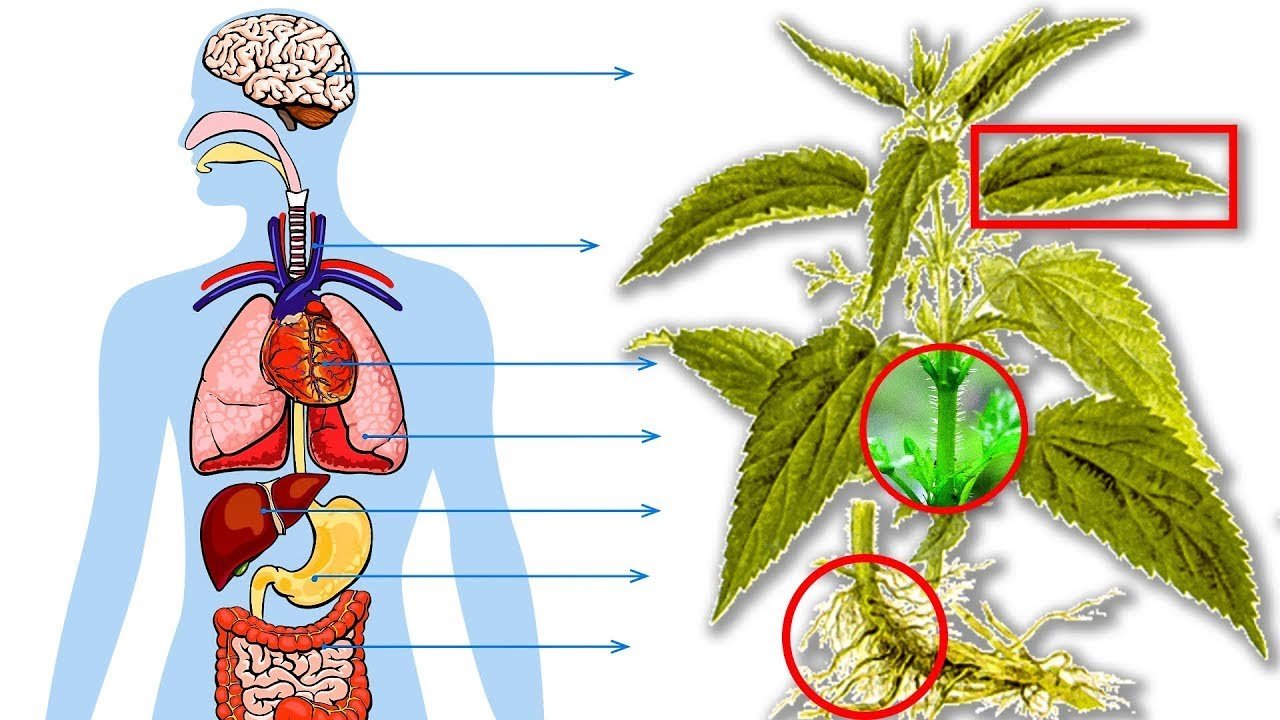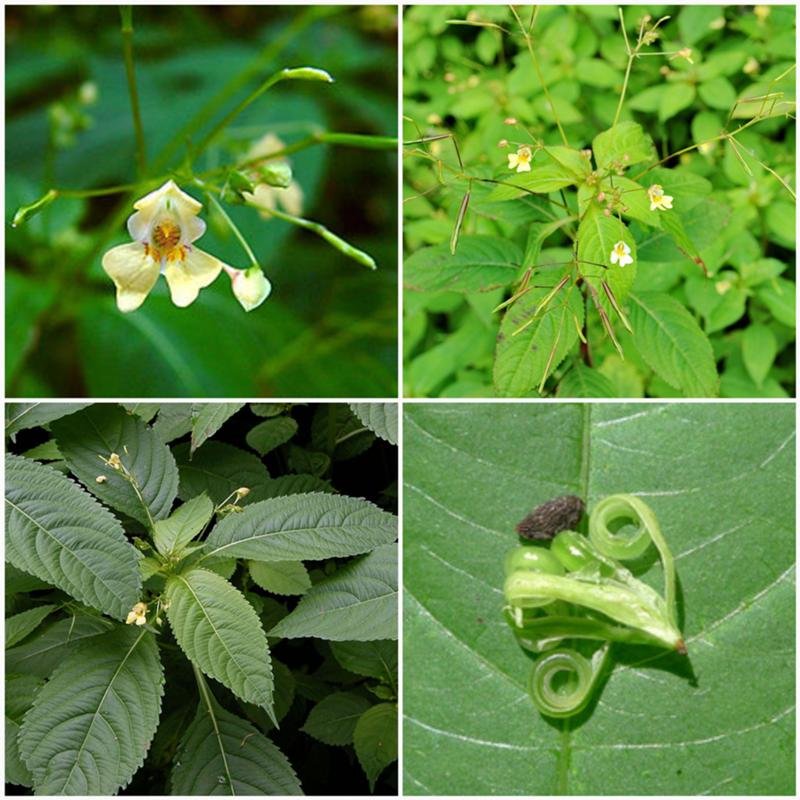In the grand tapestry of nature, where towering trees and vibrant blossoms often steal the spotlight, there exists an unsung hero, a silent force that underpins the very essence of life: the root. These subterranean networks, often hidden from view, are not merely anchors in the soil; they are the lifeblood of the plant kingdom, the embodiment of resilience, and the architects of nature’s quiet strength.

**Unveiling the Hidden World of Roots**
Roots, in their myriad forms, are a testament to nature’s ingenuity. From the delicate tendrils of a seedling to the expansive networks of ancient trees, they are masters of adaptation, thriving in diverse environments and overcoming seemingly insurmountable challenges. Their primary function, of course, is to anchor the plant, providing stability against the forces of nature. But their role extends far beyond this, encompassing the vital tasks of water and nutrient absorption, storage, and even communication.
**The Tenacity of Taproots**
Consider the taproot, a single, dominant root that plunges deep into the earth, seeking sustenance and stability. This tenacious structure, exemplified by carrots and radishes, is a symbol of unwavering strength. It allows plants to access water and nutrients from deep within the soil, surviving in arid conditions where other plants would wither.
**The Expansive Embrace of Fibrous Roots**
In contrast, fibrous roots, a network of thin, branching roots, create a sprawling embrace, anchoring plants in shallow soils and preventing erosion. Grasses, with their intricate fibrous root systems, are nature’s guardians, holding the earth together and providing a foundation for countless ecosystems.

**The Aerial Acrobats: Adventitious Roots**
Then there are the aerial acrobats, the adventitious roots, which defy convention by growing above ground. These remarkable structures, found in mangroves and orchids, allow plants to colonize challenging environments, clinging to rocks, trees, and even water surfaces.
**Roots as Nature’s Communication Network**
Beyond their physical roles, roots also serve as a vital communication network, facilitating the exchange of information and resources between plants. Through mycorrhizal networks, symbiotic associations between roots and fungi, plants can share nutrients, warn each other of threats, and even support the growth of neighboring seedlings.
**The Resilience of Roots in the Face of Adversity**
The true strength of roots lies in their resilience, their ability to withstand the harshest conditions and emerge stronger. They can endure droughts, floods, and even wildfires, regenerating and restoring life to devastated landscapes.
**Roots as Carbon Sequestrators**
In an era of climate change, roots play a crucial role in carbon sequestration, storing vast amounts of carbon dioxide in the soil. This silent service helps mitigate the effects of global warming, making roots an essential ally in the fight against climate change.

**The Unsung Heroes of Our Ecosystems**
Roots are the unsung heroes of our ecosystems, the foundation upon which all life depends. They are the embodiment of nature’s quiet strength, a testament to the power of resilience and adaptation.
**Appreciating the Marvels Beneath Our Feet**
As we walk through forests, gardens, and fields, let us take a moment to appreciate the marvels beneath our feet, the intricate networks of roots that sustain life and connect us all.
**The Importance of Root Health**
The health of our planet depends on the health of its roots. By protecting and nurturing these vital structures, we can ensure the continued resilience and vitality of our ecosystems.
**Root Systems and Soil Health**
A healthy root system is essential for healthy soil. Roots help to aerate the soil, improve its structure, and increase its water-holding capacity. They also provide a habitat for beneficial microorganisms, which further enhance soil fertility.
**Roots and Biodiversity**
Roots play a vital role in supporting biodiversity. They provide food and shelter for a wide range of organisms, from insects and worms to fungi and bacteria. This intricate web of life contributes to the overall health and stability of our ecosystems.

**Roots and Water Conservation**
In arid regions, roots are crucial for water conservation. They help to prevent water runoff and erosion, allowing more water to infiltrate the soil and replenish groundwater supplies.
**Roots and Climate Change Mitigation**
As mentioned earlier, roots play a significant role in climate change mitigation. By storing carbon in the soil, they help to reduce the concentration of greenhouse gases in the atmosphere.
**The Future of Roots**
As we face the challenges of a changing climate and a growing population, the importance of roots will only increase. We must continue to study and understand these remarkable structures, so that we can better protect and manage them for the benefit of all life on Earth.
**Conclusion: The Quiet Strength Within**
In the quiet depths of the soil, a world of wonder awaits, a testament to the tenacity and resilience of nature’s roots. These unassuming marvels, often overlooked and underappreciated, are the foundation of life, the guardians of our ecosystems, and the silent heroes of our planet. Let us celebrate their quiet strength and strive to protect their vital role in sustaining life on Earth.
